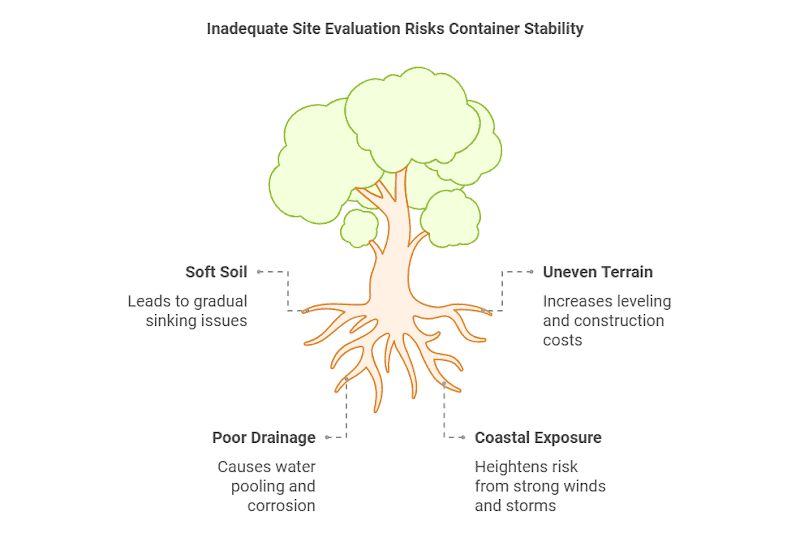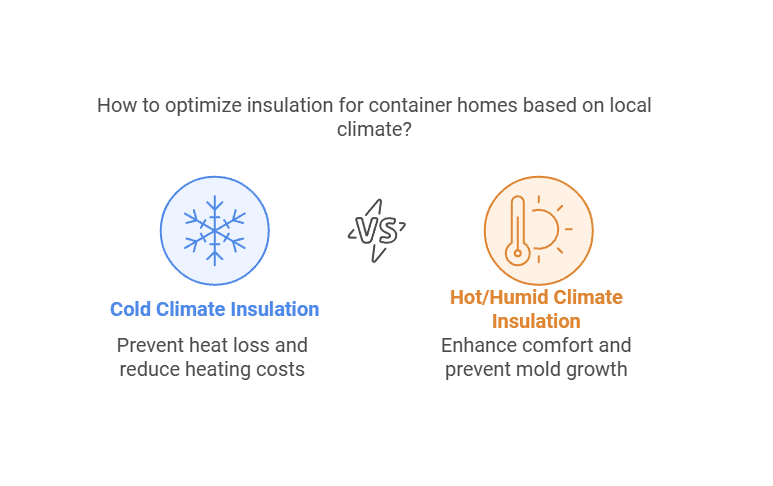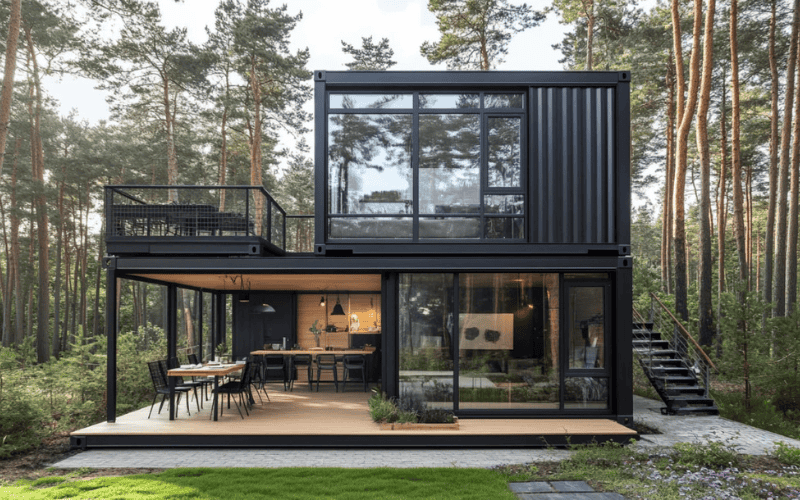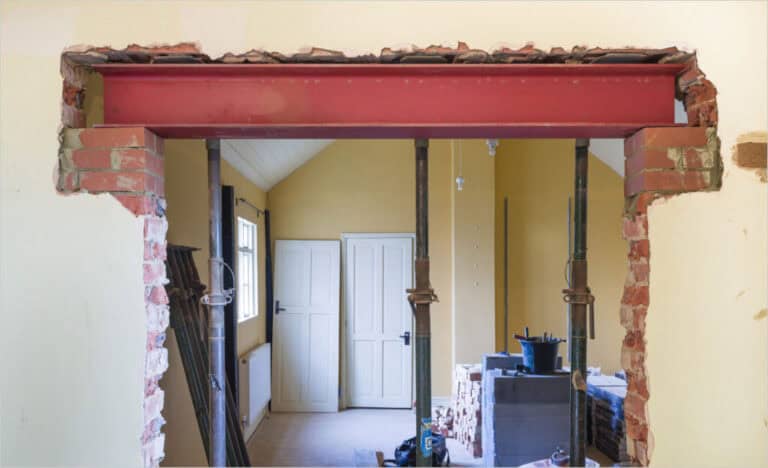Are you worried about the quality or cost when buying a container home? It’s totally normal to have those concerns! But don’t worry – with the right approach, you can find a solid, affordable container home that fits your needs. In this article, we’ll share six key tips to guide you, covering everything from ensuring structural integrity to managing your budget effectively. Ready to move forward with your dream home? Keep reading!
Evaluate Site Suitability Before Making a Purchase
The foundation beneath your container home is key to its long-term stability. The container might gradually sink over time in areas with soft soil, such as swamps or reclaimed land. This can lead to structural issues that are expensive to fix.
Building on hilly or uneven terrain can be tricky. It’s expensive to level the ground in these areas and may require a lot of digging or complex solutions like deep piling. To prevent these issues, ensure you conduct a proper geotechnical survey. This will help you understand the soil’s makeup, its load-bearing capacity, and any movement risks, so you can make a smart, informed choice about your site.
Also, avoid sites with poor natural drainage. Water pooling around the container can lead to rapid corrosion, damaging the structure. If the site is exposed to strong coastal winds or frequent storms, this is another risk factor. High wind speeds could shift the container or damage any connected structures.

Check if the Insulation Matches Local Climate
The insulation needs for your container home will vary based on the climate in your area. In colder regions, inadequate insulation will lead to heat loss, causing your heating bills to soar. On the flip side, in hot and humid areas, poor insulation can make the interior uncomfortable and may even encourage mold growth.

Choosing a supplier that offers insulation solutions tailored to your local climate is crucial. They should base their recommendations on the average temperature, humidity, and seasonal changes in your area, rather than offering a generic insulation package that may not be effective.
Lastly, if your area experiences extreme temperature fluctuations, you may need extra insulation, which will add to the complexity and cost of your build. To address this, we offer metal wall panels with high-performance insulation materials, such as polyurethane (PU) foam or mineral wool, designed to enhance temperature control. This can help manage the complexity and cost of your build while ensuring optimal comfort inside your container home.
Plan for Future Adaptability Early On
Over time, your needs may change. If you think you might want to add extra rooms, install solar panels, or upgrade the plumbing system in the future, it’s important to plan for these changes now. Discuss your future goals with your supplier. They can help you choose the right container type and initial layout, making it easier to expand later.

For example, our Expandable Container House options are designed with future growth in mind, allowing you to effortlessly expand your space as your needs evolve—without the hassle of additional complex construction.
Look for a Reputable Supplier with Long-Term Support
A container home is a major investment, and problems may arise months or even years after the purchase. For example, soil settlement may cause structural issues, or custom windows could start leaking. Choosing a supplier who offers solid after-sales support ensures that you’ll be able to resolve any issues quickly and efficiently, saving you both time and money in the long run.
Be cautious with modifications too. Cutting, welding, or adding openings to the container can weaken its structural integrity. Unauthorized or low-quality modifications may fail to meet safety standards. On the other hand, factory-certified modifications are carried out by trained professionals and follow strict engineering guidelines, preserving the container’s strength and safety for decades of use.
Our container homes are produced in our own factory, ensuring that all modifications are done to the highest standards. This guarantees the integrity and safety of the structure, giving you peace of mind for many years to come.
Get Transparent Cost Breakdown in Advance
When budgeting for a container home, remember that the price of the container itself is just one part of the equation. Delivery, foundation preparation (which can vary depending on the site and soil conditions), and custom interior work can all add up.
Often, hidden costs sneak in as utility connection fees or additional charges for special finishes. By obtaining a detailed, itemized cost breakdown upfront, you’ll be able to plan your budget accurately and avoid unexpected expenses later on.
Request a Comprehensive Container Quality Audit
A container that looks good at first glance might be hiding issues beneath the surface. Always ask the seller for a comprehensive report on the container’s history. This should include details on its past usage, any repairs, and its current structural integrity.
Check for signs of rust, particularly in the corners and along the edges of the floor, as well as the condition of doors and seals. Minor rust can spread quickly, and poor seals can allow water to leak in, which can lead to costly repairs down the road. Make sure the container is truly in good shape before moving forward.
How to Maintain Your Container Home
While you can’t exactly “maintain” your container home like a regular house, developing a few good habits and checking in on it regularly can make all the difference in keeping it in great shape for years to come.
- Regularly Inspect for Rust: Check the corners, floor edges, and joints for signs of rust. Address small spots early to prevent spreading.
- Seal Gaps and Cracks: Ensure that doors, windows, and seals are in good condition to avoid water leakage and moisture damage.
- Clean the Exterior: Wash off dirt, debris, and salt deposits, especially in coastal areas, to prevent corrosion.
- Check the Foundation: Periodically inspect the foundation for any signs of shifting or settling, and make adjustments when needed.
- Maintain Insulation: Check insulation for wear and tear, and ensure it’s effective in regulating temperature inside.
- Check the Roof: After storms, check the roof for leaks or damage and perform repairs as necessary.
Related Reading: How long do container homes last
Buy A Container House From Us
While container homes are generally affordable, it’s important to consider installation and ongoing maintenance. If you skip the professional installation or neglect regular upkeep, the low upfront cost will quickly be outweighed by repairs and additional expenses down the road.
As a dedicated manufacturer of container homes, we offer the most transparent pricing and the strongest structural integrity. Our transport system is designed to minimize the risk of rust and damage during delivery, ensuring your home arrives in perfect condition.
Check out our Detachable Container House solution now! Thanks to its modular design, expanding your space in the future will be a breeze!

